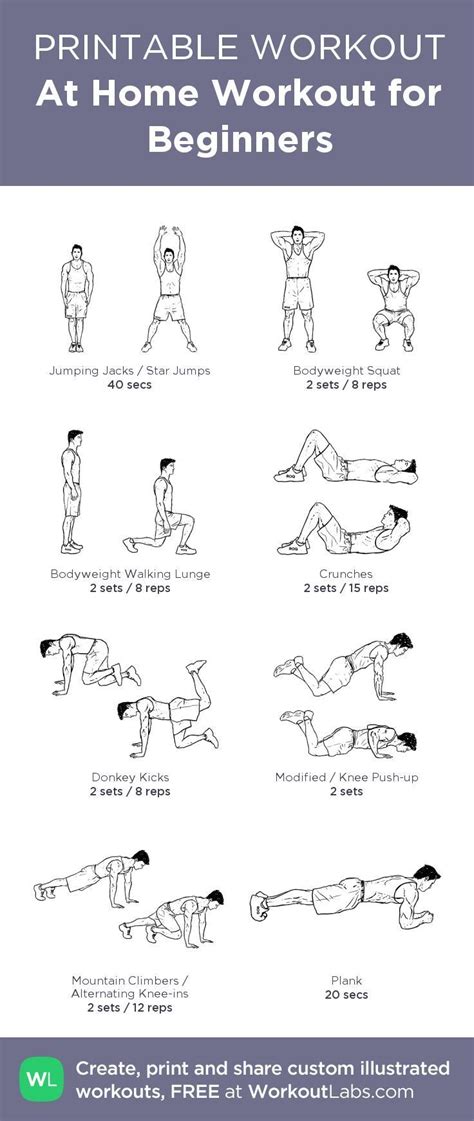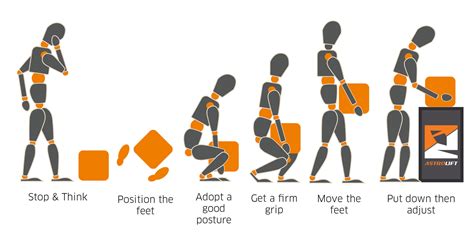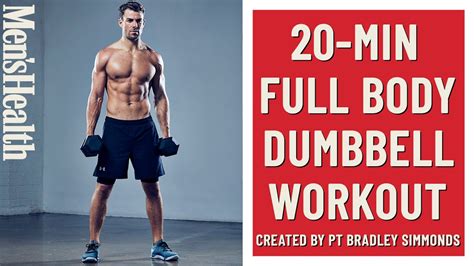Optimize workout routine for peak performance & rapid strength gains?

Unlock Your Peak: Strategies for Superior Strength and Performance
Achieving peak performance and rapid strength gains isn’t just about showing up to the gym; it’s about intelligent design and strategic execution of your workout routine. To truly optimize your efforts, you need to move beyond random exercises and embrace a structured approach that challenges your body, promotes recovery, and adapts over time. This guide will walk you through the essential principles to transform your training and maximize your results.
The Cornerstone: Progressive Overload
At the heart of any effective strength training program lies the principle of progressive overload. Simply put, for your muscles to grow stronger and larger, they must be continually challenged with increasingly difficult stimuli. This doesn’t necessarily mean adding more weight every session, but rather consistently pushing your limits in various ways. Strategies include increasing the weight lifted, performing more repetitions or sets, reducing rest periods between sets, or improving your form to recruit more muscle fibers. Without consistent progressive overload, your body will adapt to the current demands and cease to make further improvements, leading to frustrating plateaus.

Mastering the Art of Periodization
While progressive overload is vital, continuous, linear progression can lead to overtraining and burnout. This is where periodization comes into play. Periodization involves strategically varying your training intensity, volume, and exercise selection over specific cycles (macrocycles, mesocycles, microcycles) to optimize performance, prevent plateaus, and reduce the risk of injury. Instead of endlessly pushing heavier weights, periodization might incorporate phases of higher volume/lower intensity, followed by lower volume/higher intensity, or even deload weeks to allow for full recovery and supercompensation. This planned variation keeps your body adapting and allows for sustained progress over the long term.

Fueling Your Gains: Nutrition and Recovery
Your workout is only one part of the equation; what you do outside the gym is equally, if not more, critical for peak performance and strength gains. Adequate nutrition provides the building blocks and energy your body needs to repair, adapt, and grow. Prioritize a diet rich in lean protein for muscle repair, complex carbohydrates for sustained energy, and healthy fats for hormonal balance. Hydration is also paramount. Beyond nutrition, recovery is non-negotiable. Quality sleep (7-9 hours), active recovery, stretching, and foam rolling are essential for reducing muscle soreness, improving flexibility, and allowing your central nervous system to recover. Neglecting these aspects will severely hinder your progress and increase injury risk.

Smart Exercise Selection and Impeccable Form
The exercises you choose and how you perform them profoundly impact your results. Focus on compound movements (e.g., squats, deadlifts, bench press, overhead press, rows) that engage multiple muscle groups simultaneously. These exercises offer the greatest bang for your buck in terms of strength and muscle growth. Once you’ve selected your exercises, prioritize impeccable form over heavy weight. Poor form not only increases the risk of injury but also reduces the effectiveness of the exercise by shifting tension away from the target muscles. Master the movement pattern first, then progressively add weight. Cultivating a strong mind-muscle connection also helps ensure you’re effectively targeting the desired muscles.

Tracking, Analysis, and Adjustment
You can’t manage what you don’t measure. Keeping a detailed training log is crucial for optimizing your routine. Record the exercises performed, sets, reps, weight lifted, and even how you felt during the workout. This data allows you to track your progressive overload, identify plateaus, and make informed decisions about adjusting your program. Regularly analyze your progress: are you getting stronger? Are your recovery strategies working? Be prepared to be flexible and adjust your plan based on your body’s feedback and your ongoing results. This iterative process of training, tracking, analyzing, and adjusting is what truly drives long-term success.

Conclusion
Optimizing your workout routine for peak performance and rapid strength gains is a dynamic process built on scientific principles and diligent effort. By consistently applying progressive overload, strategically incorporating periodization, prioritizing nutrition and recovery, focusing on smart exercise selection with perfect form, and meticulously tracking your progress, you will unlock your body’s full potential. Embrace consistency, listen to your body, and commit to this intelligent approach, and you’ll witness remarkable transformations in your strength, physique, and overall fitness.






